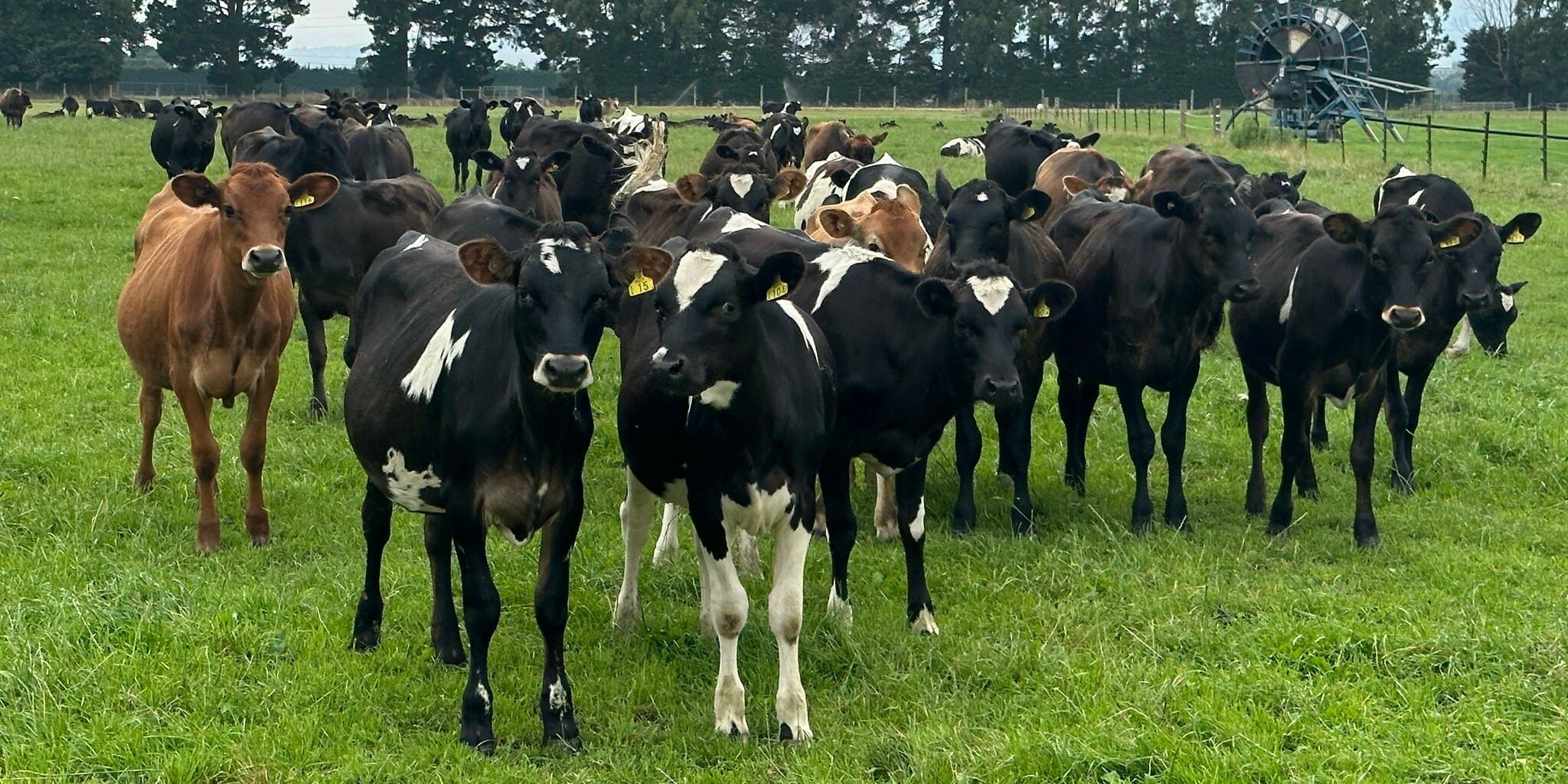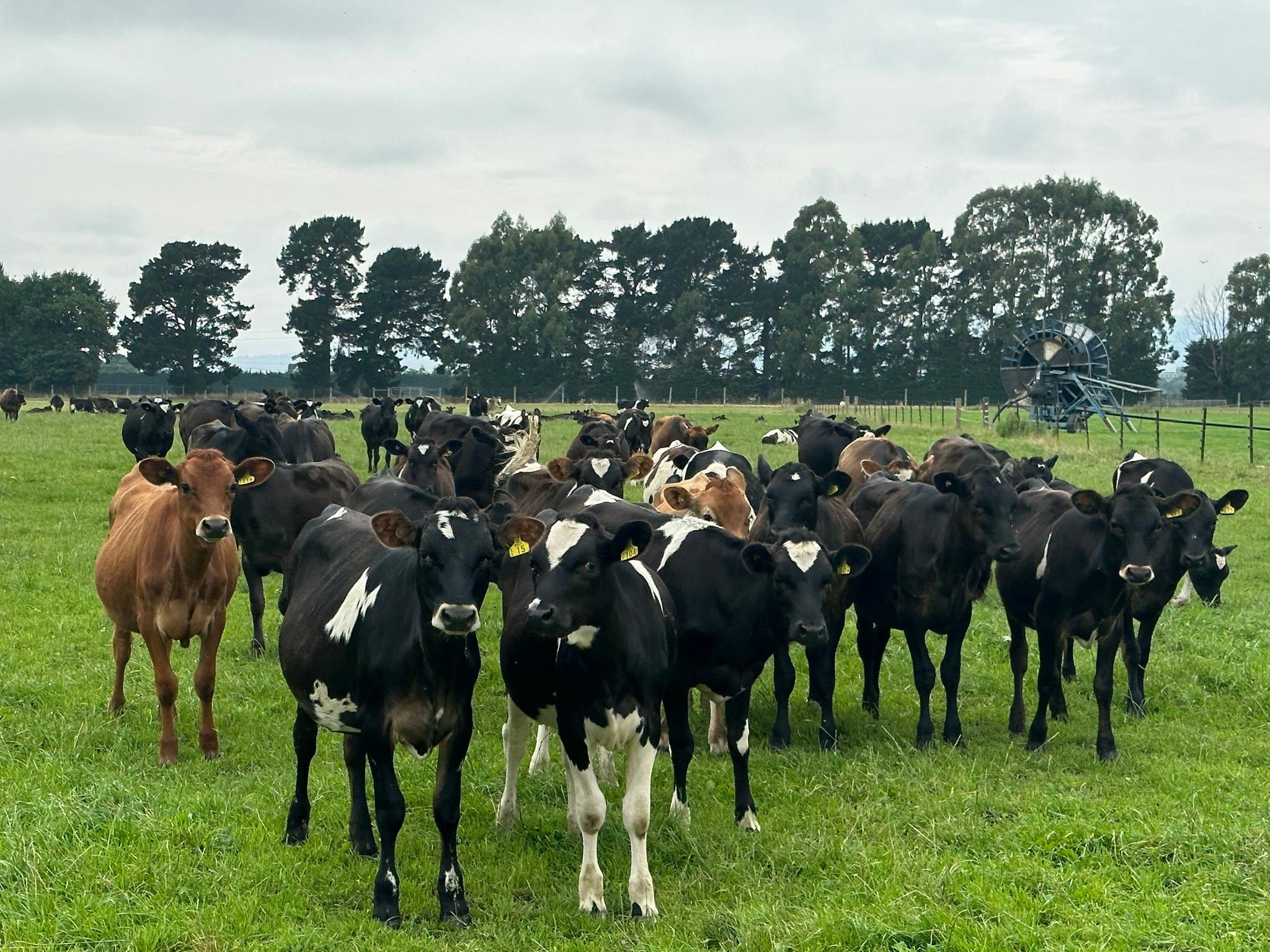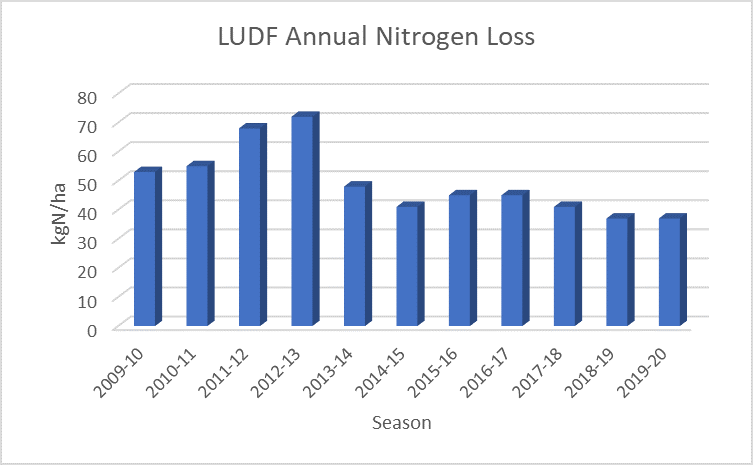SIDDC has taken a science-based approach to minimise the environmental footprint of LUDF since its inception in 2001 and communicates these learnings to New Zealand Dairy Farmers. The focus has been on three key areas, water use and quality, greenhouse gas emissions, and indigenous biodiversity.
SIDDC and LUDF are committed to demonstrating the very best farm management practices that will contribute to improving water quality and ecosystems, and reducing greenhouse gas emissions. Extensive native plantings have also been carried out, providing habitat and food for birds, bees and other New Zealand Fauna.
Farm Environmental Plan

LUDF operates under the rules of Canterbury's Land and Water Regional Plan, which requires many farmers in the region to obtain a Land Use Consent. A condition of these consents requires each farm to have a Farm Environment Plan (FEP) which is a living document that helps to identify on-farm environmental risks and set out a program to manage those risks.
The FEP is unique to the property and reflects the local climate and soil, the type of farming operations, and the goals and aspirations of the land user.
Within a year of the consent being granted the FEP must be audited by an independent auditor. If an A grade is received the farm does not need to be audited for another 3 years, a B grade for 2 years, C grade for 1 year and a D grade within 6 months.
LUDF received an A on the first audit in 2018, and is not due to be audited again until 2021.

Overseer Nutrient Budget
LUDF operates under the rules of Canterbury's Land and Water Regional Plan, which requires many farmers in the region to obtain a Land Use Consent. A condition of these consents requires each farm to farm within the limits of their 'Nitrogen Baseline'
The 'Nitrogen Baseline' is calculated using OVERSEER Nutrient Budgets and is an average of the nitrogen losses from the farm between 2009-2013. LUDF has a nitrogen baseline of 62 kgN/ha/annum.
Canterbury is split into Nutrient Allocation Zones based on catchments, and LUDF falls within the Selwyn Te Waihora Catchment. Dairy Farms within this catchment are required to reduce nitrogen losses to 30% below their nitrogen baseline by January 2022.
Nitrogen Losses from the 2019-20 season are estimated to be 37 kgN/ha/annum, which is a 38% reduction from the Nitrogen Baseline. LUDF strives to exceed its environmental commitments.

